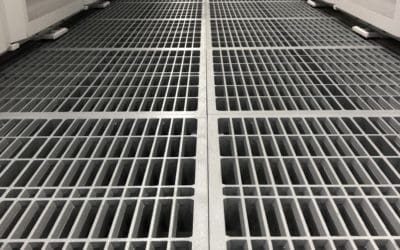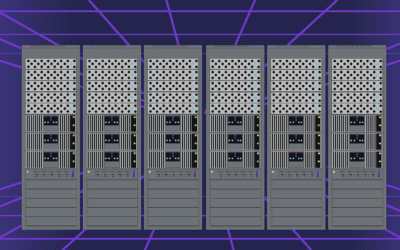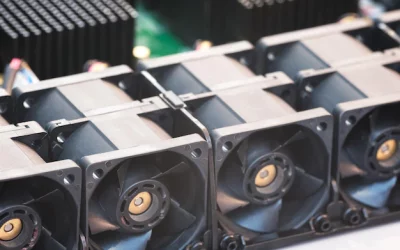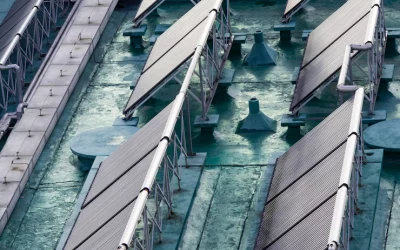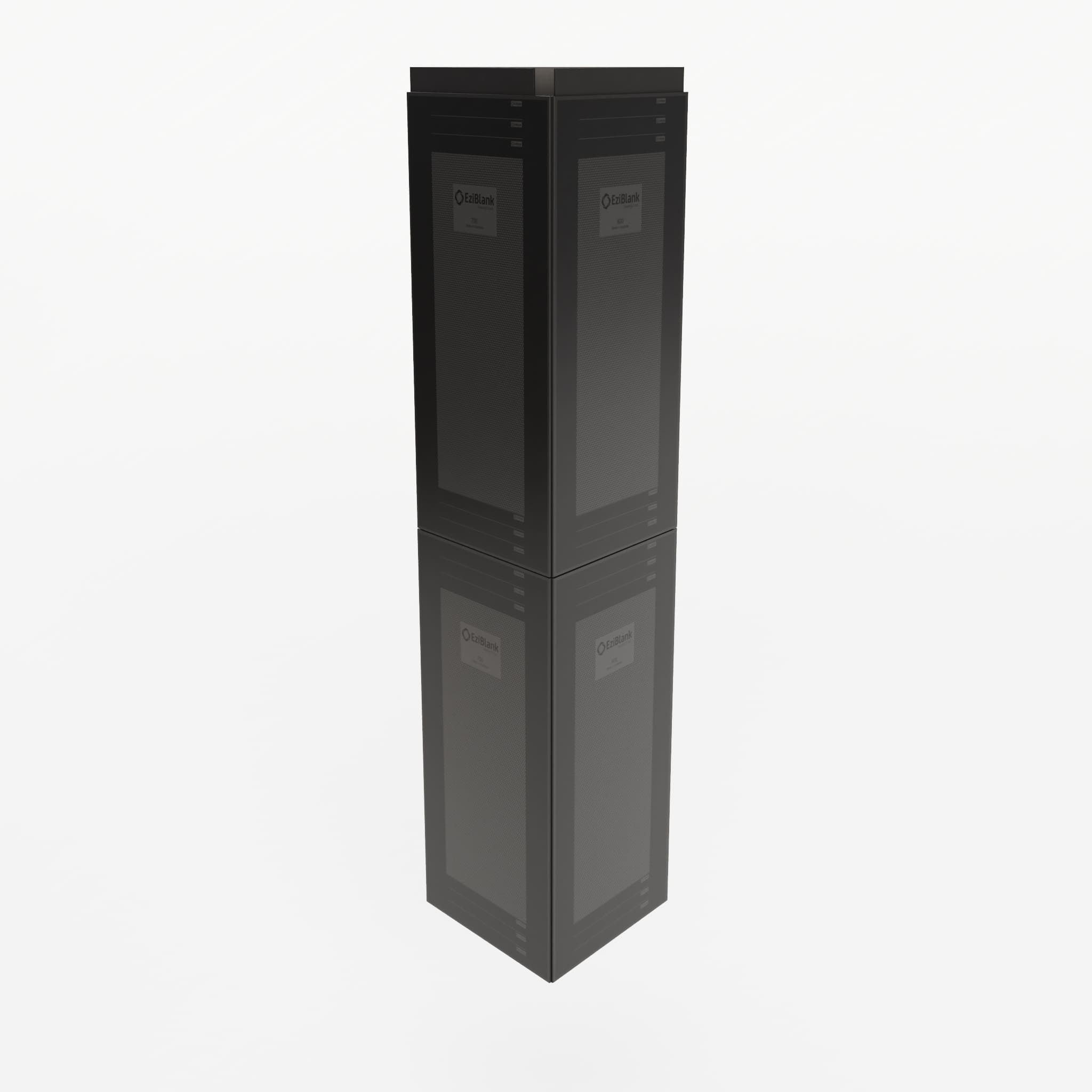info centre
News
Design Aesthetics in Data Centres
While functionality and efficiency are paramount in data centre design, aesthetics also play a significant role in creating a cohesive and professional environment. Modern data centres are increasingly incorporating design elements that reflect the brand’s identity and enhance the visual appeal of the facility. This includes the strategic use of colours, materials, and layouts that not only make the space more visually pleasing but also support operational efficiency. For instance, the integration of aesthetically designed blanking panels can contribute to a cleaner, more organised appearance while improving airflow management. Balancing form and function in data centre design helps create an environment that is both efficient and visually engaging.
How Many Data Centres in Australia
Australia is home to a rapidly growing number of data centres, driven by the increasing demand for digital services and cloud computing. As of recent years, there are over 200 data centres spread across the country, with the majority located in major cities like Sydney, Melbourne, and Brisbane. These facilities range from small enterprise data centres to large-scale hyperscale centres operated by global tech giants. The growth of data centres in Australia reflects the country’s strategic importance in the Asia-Pacific region as a hub for digital infrastructure, supporting everything from local businesses to international cloud services.
What are data centre floor tiles
Data centre floor tiles are an essential component of the infrastructure that helps manage airflow and support the weight of heavy equipment. Typically used in raised floor systems, these tiles are designed to allow for the efficient distribution of cool air from below the floor to the servers above. Perforated or vented tiles are particularly common, as they enable controlled airflow to specific areas, ensuring that cooling is directed where it’s most needed. In addition to their functional role, these tiles must also be durable enough to withstand the constant load and movement of heavy server racks, making them a critical element in maintaining the overall efficiency and safety of a data centre.
The Importance of Energy Efficiency in Data Centres
Energy efficiency is a crucial factor in the operation of data centres, as these facilities consume vast amounts of power to keep servers running and maintain optimal cooling conditions. Improving energy efficiency not only reduces operational costs but also lessens the environmental impact of data centres, aligning with global sustainability goals. Strategies such as implementing advanced cooling systems, utilising renewable energy sources, and optimising airflow management with tools like blanking panels are key to achieving higher energy efficiency. By focusing on these areas, data centres can enhance performance while contributing to a more sustainable future.
Choosing the Right Blanking Panels for Your Data Centre
Selecting the appropriate blanking panels for your data centre is a crucial step in optimising airflow and improving overall energy efficiency. Blanking panels, which fill unused spaces in server racks, are available in various sizes and materials to suit different configurations and needs. Choosing the right panels involves considering factors such as rack dimensions, the type of cooling system in place, and the specific airflow requirements of your equipment. Properly installed blanking panels help prevent hot air recirculation, ensuring that cooling systems operate more effectively, thereby reducing energy consumption and enhancing the performance and longevity of your data centre’s infrastructure.
What Is A Server Rack Used For?
A server rack is a critical component in the organisation and management of IT infrastructure within data centres. These racks are designed to house servers, networking equipment, and other hardware in a structured and efficient manner, allowing for optimal use of space and easy access for maintenance and upgrades. By keeping servers and equipment neatly arranged, server racks facilitate effective cooling and airflow, which is essential for preventing overheating and ensuring reliable operation. Additionally, server racks help in cable management and provide a level of physical security, making them indispensable for maintaining an organised and efficient data centre environment.
How Are Server Racks Measured?
Server racks are measured primarily in terms of their height, which is expressed in units known as “rack units” or “U.” Each rack unit corresponds to 1.75 inches (44.45 mm) of vertical space, and standard server racks typically range from 42U to 48U in height, though smaller and larger sizes are available. The width and depth of server racks are also important, with most racks being 19 inches wide to accommodate standard equipment sizes, while depth can vary to support different types of hardware. Understanding these measurements is crucial for ensuring that all servers, networking devices, and other components fit properly within the rack, allowing for efficient use of space and optimal cooling.
Blanking Panels: The Importance of them in Server Racks
Blanking panels play a vital role in maintaining the efficiency and effectiveness of data centre cooling systems. By filling the empty spaces in server racks, these panels prevent the mixing of hot and cold air, ensuring that the cool air is directed where it is needed most—towards the active equipment. This targeted airflow management helps to maintain optimal operating temperatures, reduces the strain on cooling systems, and ultimately leads to lower energy consumption. The use of blanking panels not only improves the performance and longevity of data centre equipment but also contributes to significant cost savings and a more sustainable operation.
Is It Dangerous to Live Near a Data Center?
Living near a data centre is generally not considered dangerous, but there are some factors to be aware of. Data centres typically operate with high levels of security and strict environmental controls, which minimise any risks to nearby residents. However, concerns may arise around noise pollution from cooling systems and backup generators, as well as the potential for increased traffic and construction activity. Additionally, while data centres consume significant amounts of energy, modern facilities often employ advanced technologies to reduce their environmental impact, including energy-efficient cooling systems and renewable energy sources. Overall, the presence of a data centre in a neighbourhood is unlikely to pose significant health or safety risks.
How much does it cost to build a data center?
The cost of building a data centre can vary widely depending on factors such as location, size, design specifications, and the level of technology incorporated. On average, constructing a small to mid-sized data centre can range from several million to tens of millions of dollars. Larger, hyperscale data centres, which are designed to support massive computing needs, can cost hundreds of millions to over a billion dollars. These costs include land acquisition, construction, electrical and cooling infrastructure, security systems, and the installation of servers and networking equipment. Additionally, ongoing operational costs such as energy, maintenance, and staffing must be factored into the total investment, making data centres a significant financial commitment for any organisation.
Everything you need to know about data center power
Power is the lifeblood of any data centre, underpinning the operation of servers, cooling systems, and networking equipment. Ensuring a reliable and continuous power supply is critical, as even a brief outage can lead to significant disruptions. Data centres typically rely on a combination of grid electricity, uninterruptible power supplies (UPS), and backup generators to maintain operations during power failures. Power distribution within the facility must be carefully managed to ensure that all equipment receives the necessary voltage and current, while also allowing for redundancy to prevent failures. Additionally, the efficiency of power usage is a key concern, with modern data centres adopting technologies like power usage effectiveness (PUE) metrics to optimise energy consumption and reduce costs. Understanding these aspects of data centre power is essential for maintaining high performance and reliability in a facility.
Is a green data center good for business?
A green data centre is not only beneficial for the environment but also offers significant advantages for businesses. By focusing on energy efficiency, renewable energy sources, and sustainable practices, green data centres help reduce operational costs through lower energy consumption and improved efficiency. This reduction in costs can translate into higher profitability over time. Additionally, operating a green data centre enhances a company’s reputation by demonstrating a commitment to sustainability, which can attract environmentally conscious customers and partners. Moreover, as regulations around carbon emissions tighten, having a green data centre can ensure compliance and reduce the risk of penalties. Overall, investing in a green data centre is a smart business decision that aligns economic performance with environmental responsibility.
How airflow works inside of a server
Airflow inside a server is meticulously designed to ensure that the hardware operates within safe temperature ranges, which is critical for maintaining performance and preventing overheating. Cool air is typically drawn in from the front of the server through intake fans, passes over the heat-generating components such as the CPU, memory, and hard drives, and is then expelled as hot air through exhaust fans at the back of the server. This controlled airflow ensures that each component receives the cooling it needs. Effective airflow management within the server, complemented by data centre solutions like blanking panels, helps maintain optimal operating conditions, extends the lifespan of the equipment, and reduces the overall energy required for cooling.
Everything you need to know about a Server Room
A server room is a specialised space designed to house computer servers and related equipment, playing a critical role in managing and supporting an organisation’s IT infrastructure. These rooms are meticulously controlled environments where temperature, humidity, and airflow are carefully managed to ensure optimal performance and longevity of the servers. Key elements of a server room include server racks for organising hardware, cooling systems to prevent overheating, uninterruptible power supplies (UPS) for continuous power, and robust security measures to protect sensitive data. Proper planning and management of a server room are essential for maintaining the reliability and efficiency of the IT systems that businesses rely on daily.
Cold Aisle Containment Solutions & Products
Cold aisle containment is a highly effective strategy for improving the efficiency and performance of data centre cooling systems. This approach involves physically separating the cold air used for cooling servers from the hot exhaust air, typically by enclosing the cold aisle where the server fronts are located. By preventing the mixing of hot and cold air, cold aisle containment ensures that cooling is more targeted and efficient, reducing energy consumption and lowering operational costs. Products designed for cold aisle containment, such as doors, ceiling panels, and blanking panels, help maintain a stable, cool environment within the aisle, allowing data centres to operate more efficiently and sustainably. This solution is particularly valuable in high-density environments where cooling demands are significant.
Is it Possible to have an Energy Efficient Data Center?
Achieving an energy-efficient data centre is not only possible but increasingly essential in today’s digital and environmentally conscious world. Through a combination of advanced technologies and strategic design choices, data centres can significantly reduce their energy consumption while maintaining high performance. Key strategies include optimising cooling systems with techniques like airflow management and using renewable energy sources to power operations. Implementing energy-efficient hardware, such as servers with low power consumption, and adopting monitoring tools to track and improve power usage effectiveness (PUE) are also crucial steps. By focusing on these areas, data centres can lower operational costs, reduce their carbon footprint, and contribute to sustainable business practices.
Data Center Checklist
A comprehensive data centre checklist is an invaluable tool for ensuring that all critical aspects of data centre management are addressed. This checklist typically covers a wide range of areas, including physical infrastructure, power management, cooling systems, security measures, and network connectivity. Key items might include verifying the integrity of power supply and backup systems, ensuring efficient cooling with proper airflow management and blanking panels, and confirming that all security protocols, such as access controls and surveillance, are in place. Additionally, regular maintenance schedules, disaster recovery plans, and compliance with industry standards should be reviewed and updated. Using a detailed checklist helps data centre managers maintain operational efficiency, minimise downtime, and ensure that the facility is prepared to meet current and future demands.
How to create the perfect data center airflow management plan
Creating the perfect data centre airflow management plan is essential for optimising cooling efficiency, reducing energy consumption, and ensuring the longevity of your equipment. The process begins with a thorough assessment of the current airflow dynamics, identifying any hot spots or areas where air circulation is suboptimal. Key components of an effective plan include the strategic placement of blanking panels to prevent hot air recirculation, proper cable management to avoid airflow blockages, and the use of perforated floor tiles to direct cool air precisely where it’s needed. Additionally, implementing cold or hot aisle containment can further enhance airflow efficiency by separating hot and cold air streams. Regular monitoring and adjustments are crucial to maintaining optimal conditions as the data centre evolves. By focusing on these elements, you can create an airflow management plan that maximises performance and minimises costs.



